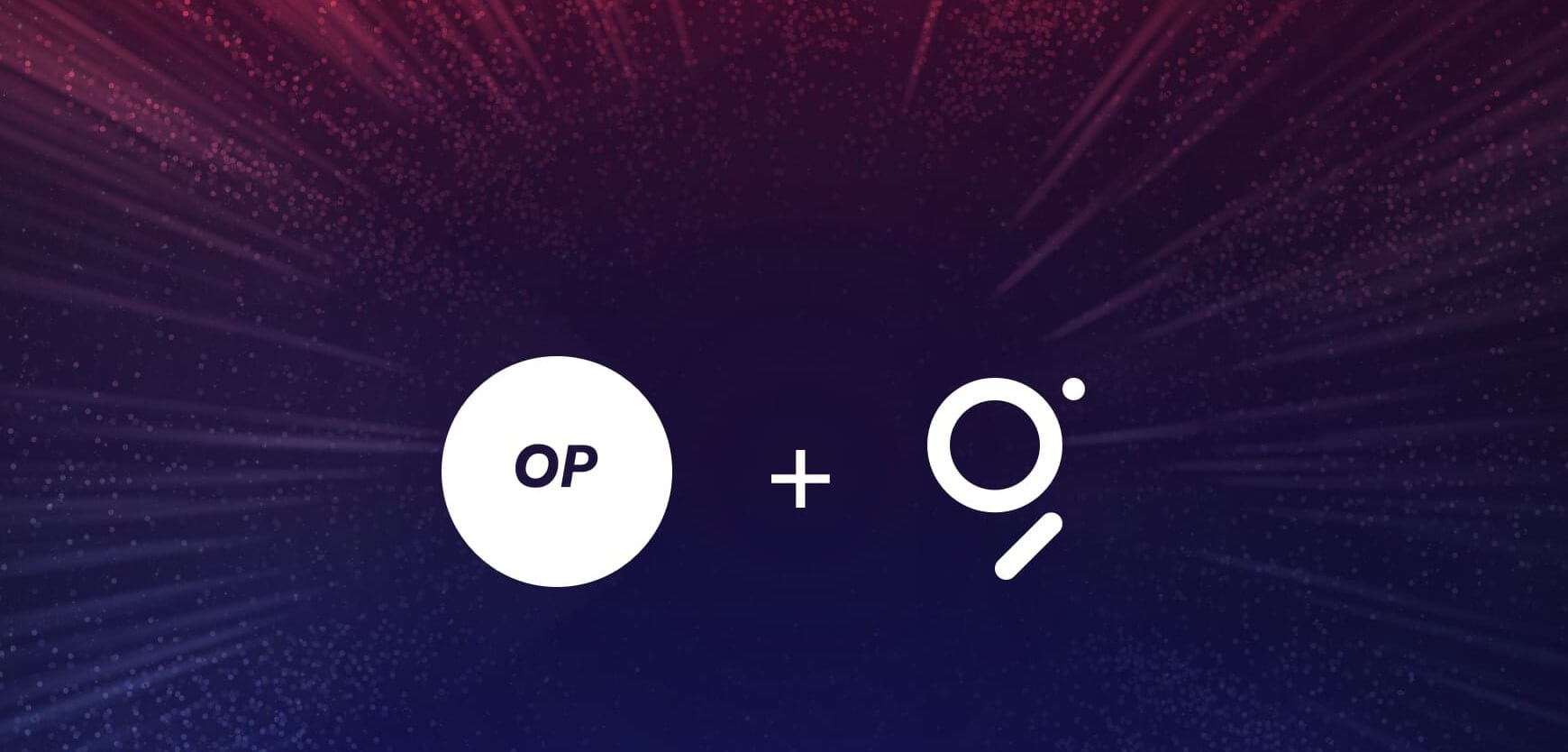

In an effort to help Ethereum scale, The Graph will be providing market-leading indexing and querying services to new developers building on the Optimistic Ethereum Layer 2.
This represents another significant integration for The Graph (GRT) project, as it continues to add new chains to its hosted services.
In anticipation of the public launch, developers building on Optimistic Ethereum are being offered grants through The Graph Foundation to assist in building dApps with Optimism and The Graph. This also includes resources such as subgraph tooling and educational materials.
“With Optimistic Ethereum supported by The Graph, developers will be able to unlock scalability and interoperability on Ethereum like never before,” she said.
“Building subgraphs on Optimistic Ethereum will accelerate high-quality dApp development and improve the end-user experience with efficient transactions and data access.”
The GRT network is driving forward scalable infrastructure for Web 3.0, and this is evidenced by the rapid integrations with leading crypto projects. Impressively, in the past few months, support for more than 19 EVM-based solutions has been added.
The integrations include the massive Polygon integration, followed by Arbitrum in June, and now Optimism.
Optimistic Ethereum is an Ethereum Layer 2 scaling solution, that relies upon optimistic roll-ups to achieve lower fees, better latency, and greater throughput while providing a world-class developer and user experience.
Jing Wang, Founder and CEO of Optimism, expressed that the Graph represented the best possible data retrieval tools for the Ethereum scaling project.
“The Graph vastly improves data retrieval for Ethereum nodes and is a major part of many project’s toolchains,” he said.
“We are stoked to have critical pieces of infrastructure like The Graph to provide the best foundation possible for innovating on Ethereum.”
By integrating with The Graph protocol, Optimistic Ethereum will enable developers to have the greatest possible access to on chain data.
This means that it will be extremely easy to quickly construct new dApps, and for developers to open APIs (known as subgraphs).
Originally founded in 2018 by Edge and Node Ventures Inc – The Graph is the indexing and query layer of the decentralised web (Web3).
Developers build and publish open APIs, called subgraphs, that applications can query using GraphQL.
The Graph currently supports indexing data from 22 different networks including Ethereum, Arbitrium, Avalanche, Celo, Fantom, Moonbeam, IPFS, and PoAa with more networks coming soon.
To date, more than 18,000 subgraphs have been deployed on the hosted service and now subgraphs can be deployed directly on the network. Nearly 20,000 developers have built subgraphs for applications such as Uniswap, Synthetix, Aragon, Gnosis, Balancer, Livepeer, DAOstack, AAVE, Decentraland, and many others.
The Graph Foundation is overseen by the Technical Council. Edge & Node and StreamingFast are two of the many organisations within The Graph ecosystem.
If you want to find out more information about Bitcoin or cryptocurrencies in general, then use the search box at the top of this page. Here’s an article to get you started.
As with any investment, it pays to do some homework before you part with your money. The prices of cryptocurrencies are volatile and go up and down quickly. This page is not recommending a particular currency or whether you should invest or not.
Denver, Colorado, 24th February 2025, Chainwire
Denver, Colorado, 20th February 2025, Chainwire
Washington, D.C., 18th February 2025, Chainwire
Dubai, UAE, 27th January 2025, Chainwire
Those who enter the market at this time may be surprised to hear that Bitcoin…
George Town, Grand Cayman, 22nd November 2024, Chainwire